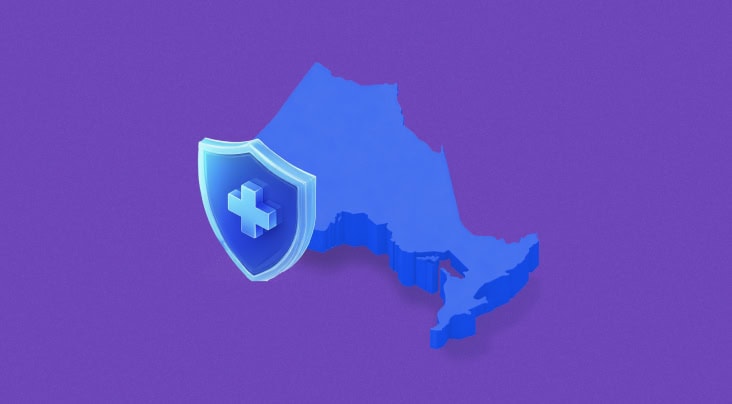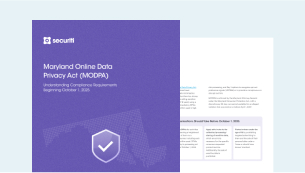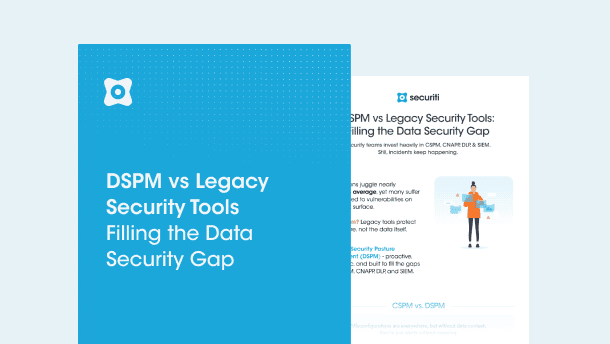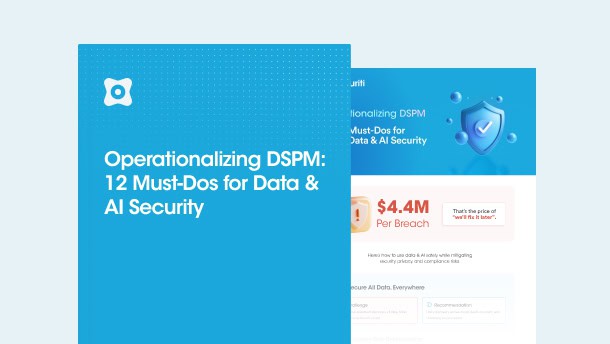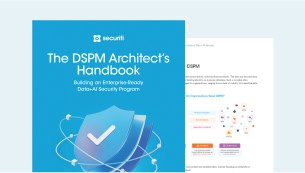What Is Data Governance?
Data Governance (DG) is simply a process to manage data availability, usability, integrity, and security in enterprise systems. Data Governance is driven by an organization’s internal data management standards and policies. Effective Data Governance translates into consistent, trustworthy, and secure data.
Read more about Data Governance
The Data Governance Controls in Snowflake
Modern organizations are increasingly relying on data analytics to guide business decisions. To quickly process data for analytics, organizations are utilizing applications like Snowflake. With its unique architecture, Snowflake can handle nearly unlimited concurrent workloads, helping organizations run complex queries quickly and securely.
However, with the massive amount of data running in Snowflake, organizations need to ensure robust data governance controls are implemented to ensure data integrity and security.
Snowflake has several data governance controls embedded in the application. For example:
- OAuth - a standard protocol that allows supported clients authorized access to Snowflake without sharing or storing user login credentials.
- Network policies - for limiting/controlling site access by user IP address. Admins can create IP allow and IP block lists.
- Object-level access control - granular control over access to objects — who can access what objects, the operations that are allowed on those objects, and the roles that can create or alter access control policies.
- Row Access Policies - to enforce access policies that determine which rows are visible in a query result.
- Object Tagging - to apply tags to Snowflake objects. This tagging helps track sensitive data and resource usage.
Data Governance for Snowflake - A Step-wise Implementation Process
Educate stakeholders
Data Governance is difficult to implement because it requires people to change existing data management practices. The best way to tackle change resistance is to educate all stakeholders on why Data Governance is essential, how it benefits them, and the entire organization. Educating stakeholders helps them understand why they need to change.
Discover & Classify all data in Snowflake
This is the most challenging yet essential step to ensure effective data governance. It involves scanning all the data sets in Snowflake to discover personal and sensitive personal data. Next, personal and sensitive personal data needs to be classified into relevant categories. For example, first and last names of an individual may be classified as personal data, but an individual’s social security numbers may be considered sensitive personal data and thus requires restricted access to that data.
Understand the roles and responsibilities of all Snowflake users
The next step is to identify all the roles with data access rights such as read, write, delete, or share. It is important to develop a granular-level understanding of each role’s tasks and responsibilities to develop adequate data governance controls. For example, a data architect will require different privileges from a data engineer. More on this in the next step.
Define Data Governance controls
This step will require the most work. The Data governance team will need to collaborate with every team that has access to the Snowflake data cloud. The primary objective is to develop policies that provide the highest level of security, and at the same time, allow each user adequate access to complete their daily tasks. Coming back to our example, Tom is an HR data analyst and Jessica is a payroll processor working in the same department.
The Snowflake Data Architect will understand Tom and Jessica’s roles and responsibilities, and set individual role-based policies. The global data access policies will be set up such that Tom can only see personal data of employees like their names, phone numbers and addresses. Jessica, on the other hand, will have access to sensitive personal data like SSNs and bank account numbers.
Track progress & identify improvements
It is essential to measure the impact of Data governance policies by tracking a set of KPIs. Some of these KPIs might be the rate of adoption, the number of data issues/events, the overall cost of the program for data rectification and issue resolution.
- Businesses may also go deeper and track KPIs related to:
- People - The number of data owners identified vs number of domains,
- Processes - The number of data governance issues identified, and
- Technologies - The number of unique identifiers or Number of data targets using mastered data.
Keep the Snowflake Data Governance process flexible
Like any process, Data governance takes multiple iterations to perfect. It is a continuous process with a strong focus on feedback-based improvements. As new data streams join in, data volumes grow, and new access points emerge, the Data governance process will be used to come up with new policies to address new challenges. Therefore, it is important to keep it adaptable.
Data governance teams also need a thorough review process that constantly assesses governance policy enforcement and effectiveness. The results of the review process will help formulate improvements.
Securiti Makes Snowflake Data Governance Easy & Efficient
Securiti’s solution for Snowflake has a set of features that enable Data Governance in one-window. You can think of Securiti as a solution that enhances the security of the Snowflake Data Cloud. With Securiti, data architects can:
- Formulate data governance policies and implement them within the solution
- Enforce user access policies with:
- Define data usage policies at a granular level, i.e. data usage policies by role/user.
- Enforce data usage policies to prevent any unauthorized access to sensitive data.
Users can also set up customized workflows to automatically fix any security misconfigurations. This helps strengthen data security as well.
If your business is expanding the use of cloud-based solutions like Snowflake, request a demo now or see how it works.







































